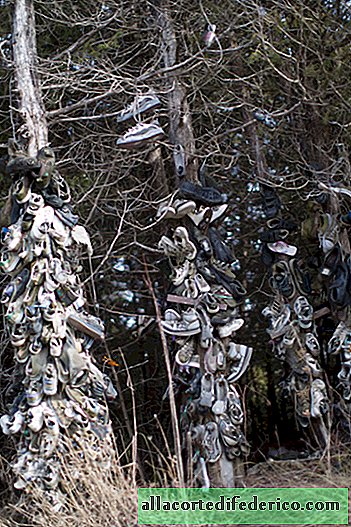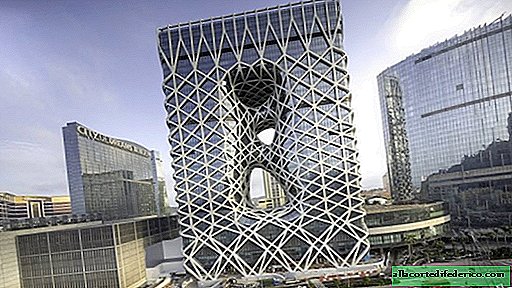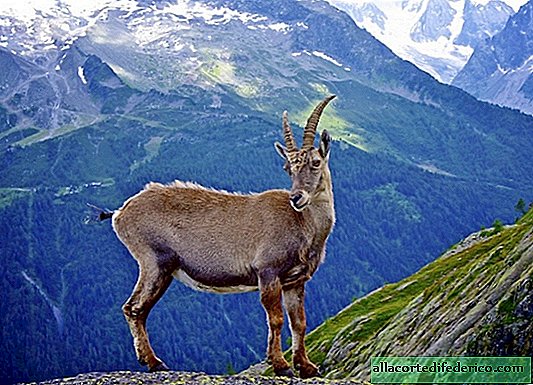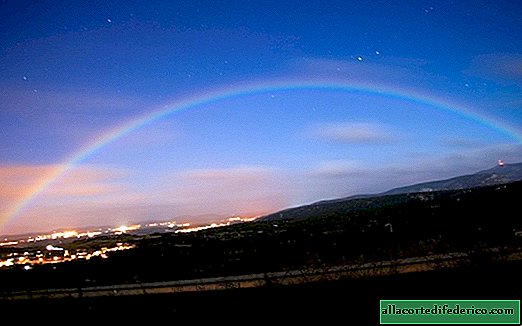Ode to poplars or which trees best clean city air from pollution
When the hated poplar fluff begins to fly through the streets of Russian cities, not only allergy sufferers, but the rest of the townspeople, not hiding their indignation, sigh: "And when these trees are finally cut down, there are so many problems from them!" But in fact, planting poplars in cities is far more important than simply decorating the urban landscape. Today we’ll talk about which trees do the best job of purifying atmospheric air from harmful pollutants.
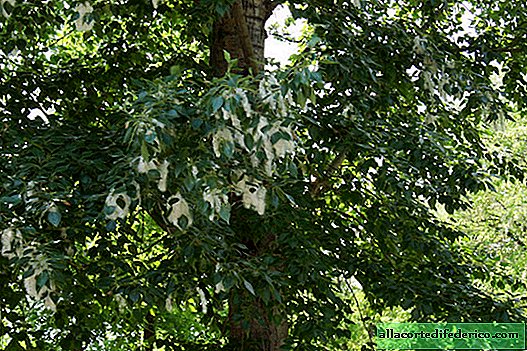 Fragrant poplar - one of the most common inhabitants of old city blocks
Fragrant poplar - one of the most common inhabitants of old city blocksThe choice of poplar as the main landscaper of Russian cities is not accidental. And although modern city governors increasingly prefer little-known exotic plant species, poplars can still be found in old industrial areas around the perimeter of enterprises. The fact is that it is poplar that is the best air purifier in megacities among all other tree species. Poplar absorbs carbon dioxide from the air and produces oxygen, and in terms of the amount of oxygen produced, poplar is ten times greater than conifers.
 Pyramidal poplar is a variety of black poplar that grows well not only in the south, but also in Siberia
Pyramidal poplar is a variety of black poplar that grows well not only in the south, but also in SiberiaIt is worth noting that the genus of poplars includes more than 90 species. All of them, including pyramidal poplar and aspen, are excellent absorbers of pollutants from the surrounding air. All poplars grow very quickly and gain green mass useful for the city. In addition, they are able to survive in the most difficult conditions - along busy highways or on the territory of industrial enterprises. Among the poplar genus there are a lot of wonderful decorative species that can decorate the streets of cities. Well, the problem with flying fluff is actually solved quite easily, just select the types of plants that do not form fluff (silver or white poplar), or propagate only male plants in the nurseries that are devoid of this unpleasant feature.
 Chestnut - a great air purifier
Chestnut - a great air purifier In addition to poplar, chestnuts, which are almost as hardy as poplars, but can grow only in the relatively warm climate of the south of the European part of Russia, have good dust-collecting abilities in the city. Elms, as well as shrubs such as rose hips, lilacs and acacia, are good at clearing the air. Manchurian nut, which grows in the Far East, and is also actively used in landscaping throughout Siberia, has a good cleansing ability, as a species that is extremely hardy to low temperatures. But beloved lindens and birches, unfortunately, are not able to grow in conditions of increased gas contamination, therefore, they do not survive along highways and can only exist in park areas and sleeping areas.
 Manchurian walnut - a decorative and very frost-resistant species of trees
Manchurian walnut - a decorative and very frost-resistant species of treesDespite its attractiveness, conifers do not absorb carbon dioxide as actively as deciduous trees. But they are able to do this year-round, in addition, conifers emit useful phytoncides. Among them, it is worth noting larch, which absorbs lead compounds very well from ambient air.
In addition to processing hazardous compounds from the air, trees in urban ecosystems contribute to increasing air humidity and also reduce surface overheating in the summer.

Unfortunately, the current trend in the development of large cities around the world is such that little attention is paid to improving air quality. The number of park zones and green spaces does not meet the standards, and the number of vehicles increases every year, thereby worsening the quality of air inhaled by the townspeople. In place of old cut down trees, semi-dried large-sized trees or tree species appear that are poorly adapted to the aggressive conditions of the urban environment. As a result, these trees are forced to fight for survival instead of helping to cleanse the air. Therefore, poplars with their remarkable ability to purify the air and quickly build up green mass should take their rightful place in the urban landscape.











